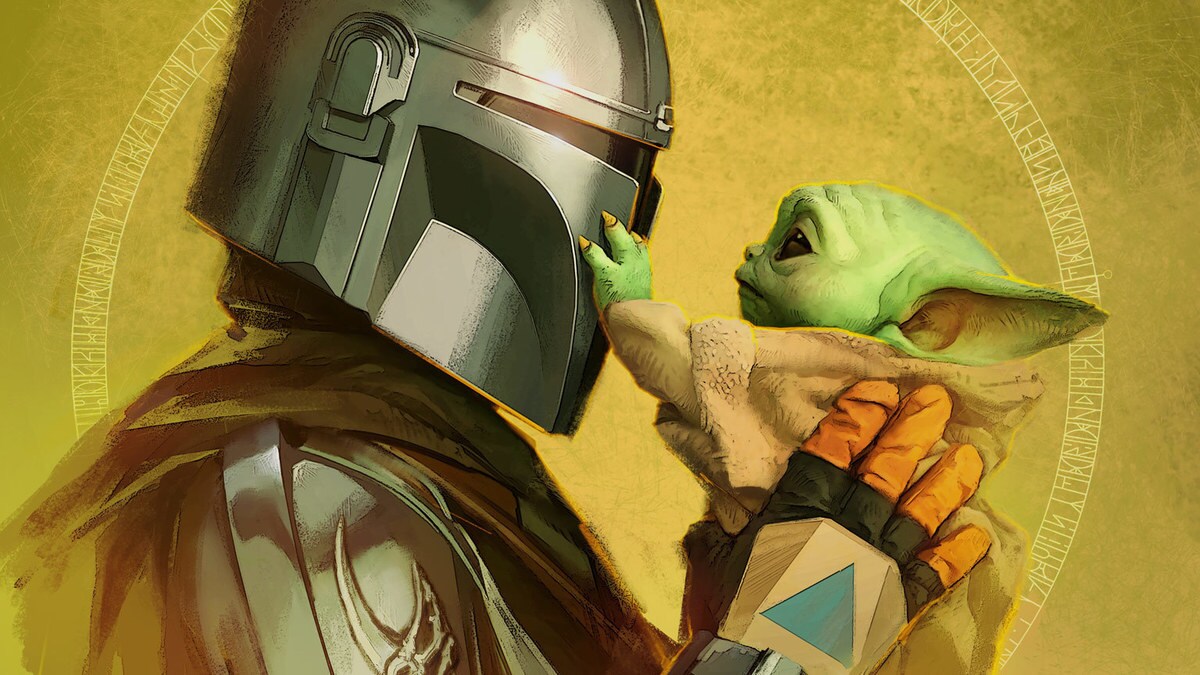
Star Wars is a franchise that is enjoyed by multiple generations (Benson, 2013). The first Star Wars movie came out in 1977 and even though the people that watched this movie when it was released are now adults (some with children of their own), Star Wars fans are present in all ages. This is mainly because Star Wars movies have been released somewhat consistently every couple years. For example, the second trilogy was released between 1999 and 2005 (Benson, 2013). Therefore people are consistently exposed to new editions of the franchise from a young age. When it comes to older fans, the new movies carry a sense of nostalgia and since they add on to the story that they love, they still get their attention (Partin, 2007). This nostalgia is also commodified with many adults buying Star Wars toys/collectors items to relive their childhood (Partin, 2007). After Disney acquired Star Wars, they produced three more movies releasing from 2015 to 2019, continuing this trend. In addition to the movies, an animated series called Star Wars: The Clone Wars was produced by Lucasfilm in 2008, bridging the gap between the release of the movies (Hoolihan, 2024).

This multigenerational appeal can be reflected in the success of the Mandalorian. First of all, the style of The Mandalorian show is very similar to the original Star Wars movies therefore appealing to the older generations of fans (Freeman & Smith, 2023). Secondly, the father (adoptive) son-relationship between Din and Baby Yoda in the show can appeal to Star Wars fans that have become parents themselves.